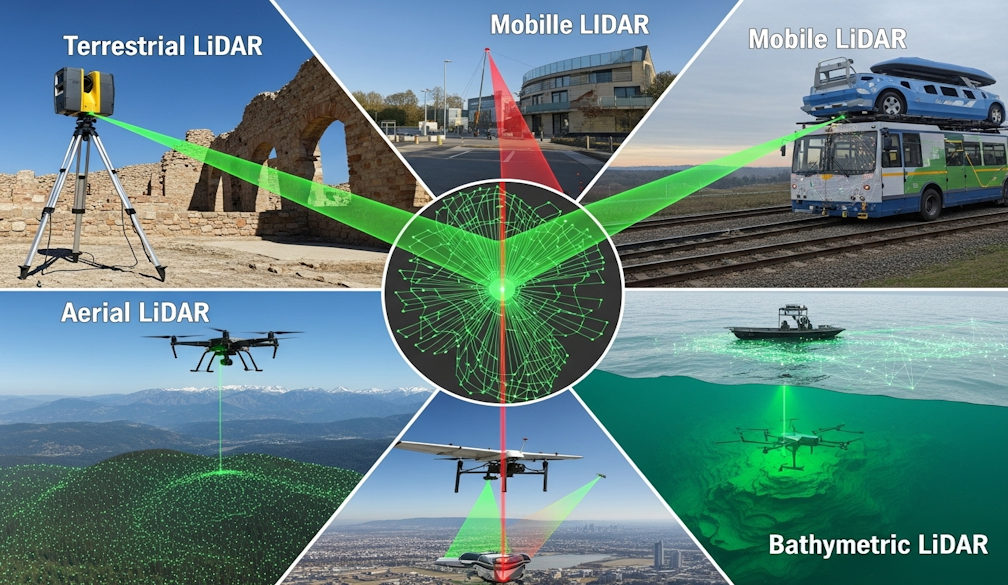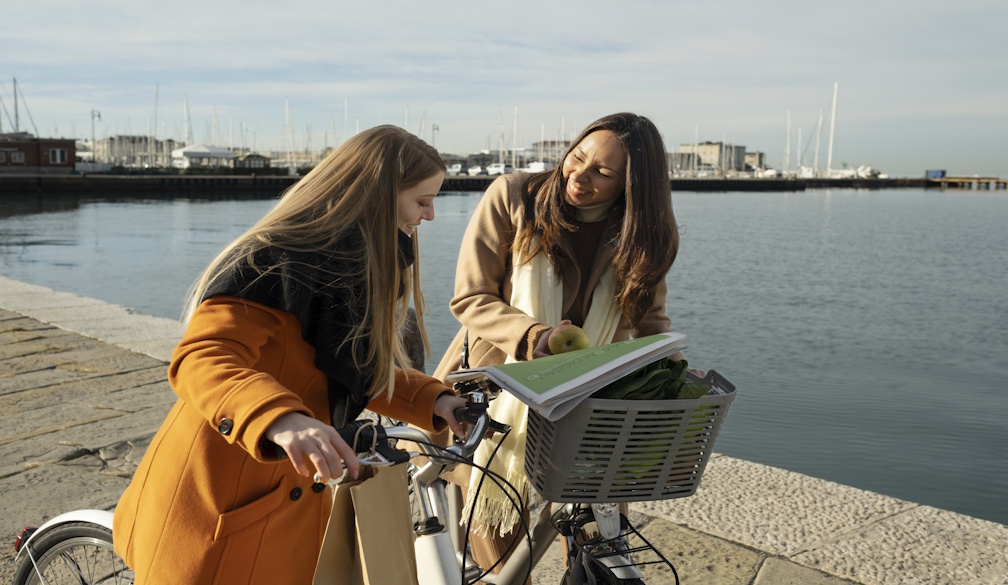Explainer: power station 'trips' are normal, but blackouts are not
- Written by Hugh Saddler, Honorary Associate Professor, Centre for Climate Economics and Policy, Australian National University
Tens of thousands of Victorians were left without power over the long weekend as the distribution network struggled with blistering temperatures, reigniting fears about the stability of our energy system.
It comes on the heels of a summer of “trips”, when power stations temporarily shut down for a variety of reasons. This variability has also been used to attack renewable energy such as wind and solar, which naturally fluctuate depending on weather conditions.
The reality is that blackouts, trips and intermittency are three very different issues, which should not be conflated. As most of Australia returns to school and work in February, and summer temperatures continue to rise, the risk of further blackouts make it essential to understand the cause of the blackouts, what a power station “trip” really is, and how intermittent renewable energy can be integrated into a national system.
Read more: A month in, Tesla's SA battery is surpassing expectations
Blackouts
Initial reports indicate recent blackouts in Victoria were caused by multiple small failures in the electricity distribution system across the state, affecting all but one of the five separately owned and managed systems that supply Victorians.
Across the whole of mainland Australia, very hot weather causes peak levels of electricity consumption. Unfortunately, for reasons of basic physics, electricity distribution systems do not work well when it is very hot, so the combination of extreme heat and high demand is very challenging. It appears that significant parts of the Victorian electricity distribution system were unable to meet the challenge, leading to uncontrolled blackouts.
Parenthetically, electricity distribution systems are vulnerable to other types of uncontrollable extreme environmental events, including high winds, lightning, and bushfires. Sometimes blackouts last only a few seconds, sometimes for days, depending on the nature and extent of the damage to the system.
Read more: What caused South Australia's state-wide blackout?
These blackouts are very different from those caused by power station “trips”, although they have the same effect on consumers. When electricity is insufficient to meet demand, certain sections of the grid have to be startegically blacked out to restore the balance (this is known as “load shedding”).
It is the possibility of blackouts of this second type which has excited so much commentary in recent months, and has been linked to power station “trips”.
What is a ‘trip’ and how significant is it?
“Trip” simply means disconnect; it is used to describe the ultra-fast operation of the circuit breakers used as switching devices in high-voltage electricity transmission systems. When a generator trips, it means that it is suddenly, and usually unexpectedly, disconnected from the transmission network, and thus stops supplying electricity to consumers.
The key words here are suddenly and unexpectedly. Consider what happened in Victoria on January 18 this year. It was a very hot day and all three brown coal power stations in the state were generating at near full capacity, supplying in total about 4,200 megawatts towards the end of the afternoon, as total state demand climbed rapidly past 8,000MW (excluding rooftop solar generation).
Suddenly, at 4:35pm, one of the two 500MW units at Loy Yang B, Victoria’s newest (or, more precisely, least old) coal-fired power station tripped. At the time this unit was supplying 490MW, equal to about 6% of total state demand.
The system, under the operational control of the Australia Energy Market Operator (AEMO), responded just as it was meant to. There was considerable spare gas generation capacity, some of which was immediately made available, as was some of the more limited spare hydro capacity. There was also a large increase in imports from New South Wales, and a smaller reduction in net exports to South Australia.
By the time Loy Yang B Unit 1 was fully back on line, three hours later, Victoria had passed its highest daily peak demand for nearly two years. There was no load shedding: all electricity consumers were supplied with as much electricity as they required. However, spot wholesale prices for electricity reached very high levels during the three hours, and it appears that some large consumers, whose supply contracts exposed them to wholesale prices, made short-term reductions in discretionary demand.
Read more: A high price for policy failure: the ten-year story of spiralling electricity bills
This (relatively) happy outcome on January 18 was made possible by the application of the system reliability rules and procedures, specified in the National Electricity Rules.
These require AEMO to ensure that at all times, in each of the five state regions of the NEM, available spare generation capacity exceeds the combined capacity of the two largest units operating at any time.
In other words, spare capacity must be sufficient to allow demand to continue to be reliably supplied if both of the two largest units generating should suddenly disconnect.
Forecasting
AEMO forecasts energy demand, and issues market notices alerting generators about reliability, demand and potential supply issues. On a busy day, like January 18, market notices may be issued at a rate of several per hour.
These forecasts allowed generators to respond to the loss of Loy Yang B without causing regional blackouts.
What is not publicly known, and may never be known, is why Loy Yang Unit B1 tripped. AEMO examines and reports in detail on what are called “unusual power system events”, which in practice means major disruptions, such as blackouts. There are usually only a few of these each year, whereas generator trips that don’t cause blackouts are much more frequent (as are similar transmission line trips).
It has been widely speculated that, as Australia’s coal fired generators age, they are becoming less reliable, but that could only be confirmed by a systematic and detailed examination of all such events.
Managing variable generation
Finally, and most importantly, the events described above bear almost no relationship to the challenges to reliable system operation presented by the growth of wind and solar generation.
With traditional thermal generation, the problems are caused by unpredictability of sudden failures, and the large unit size, especially of coal generators, which means that a single failure can challenge total system reliability. Individual wind generators may fail unpredictably, but each machine is so small that the loss of one or two has a negligible effect on reliability.
The challenge with wind and solar is not reliability but the variability of their output, caused by variations in weather. This challenge is being addressed by continuous improvement of short term wind forecasting. As day-ahead and hour-ahead forecasts get better, the market advice AEMO provides will give a more accurate estimate of how much other generation will be needed to meet demand at all times.
Read more: 100% renewable by 2050: the technology already exists to make it happen
Of course, AEMO, and the generation industry, do still get caught out by sudden and unexpected drops in wind speed, but even the fastest drop in wind speed takes much longer than the milliseconds needed for a circuit breaker in a power station switchyard to trip out.
At the same time, as the share of variable renewable generation grows, the complementary need for a greater share of fast response generators and energy storage technologies will also grow, while the value to the system of large, inflexible coal-fired generators will shrink.
Authors: Hugh Saddler, Honorary Associate Professor, Centre for Climate Economics and Policy, Australian National University
Read more http://theconversation.com/explainer-power-station-trips-are-normal-but-blackouts-are-not-90682


















